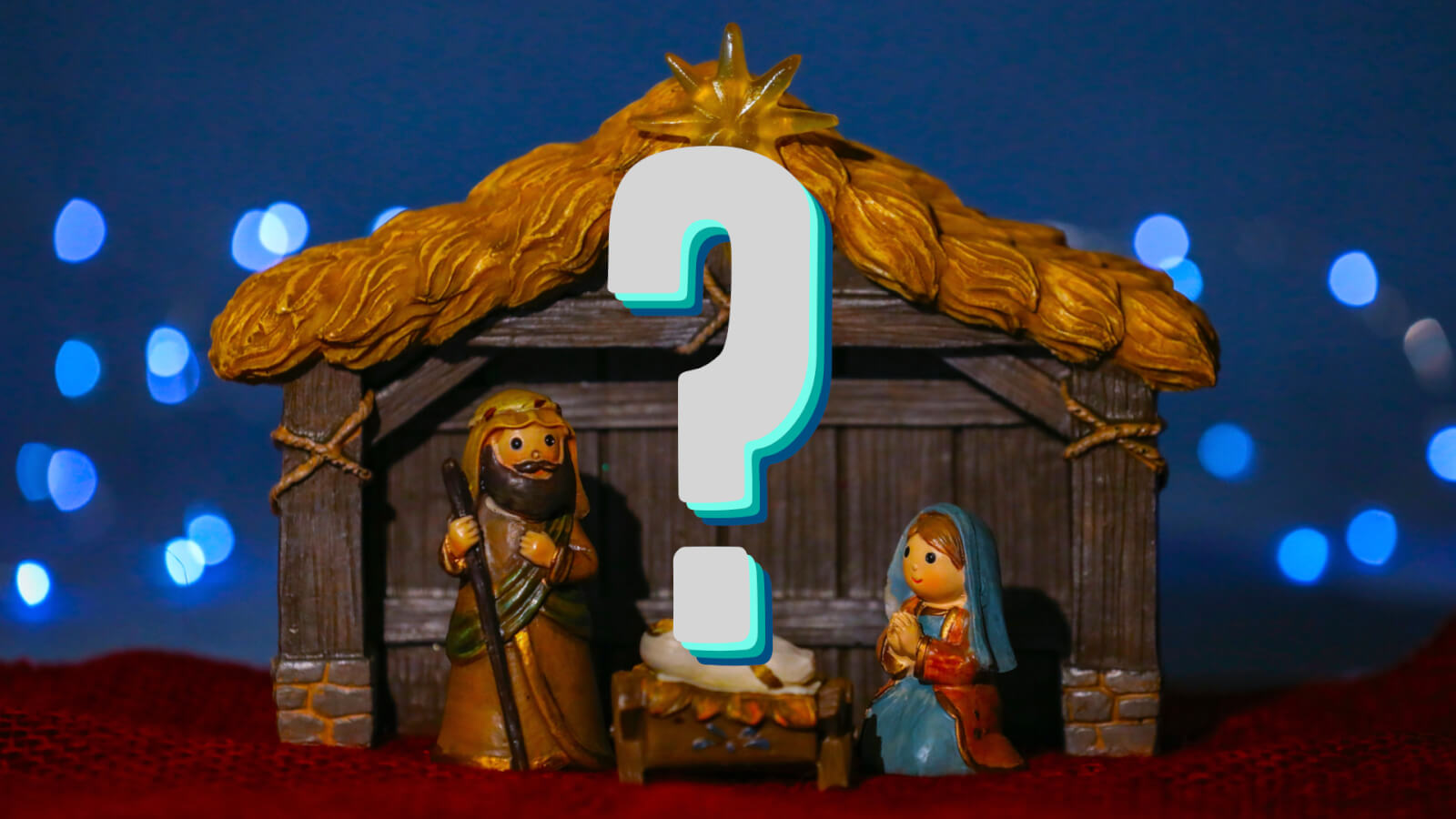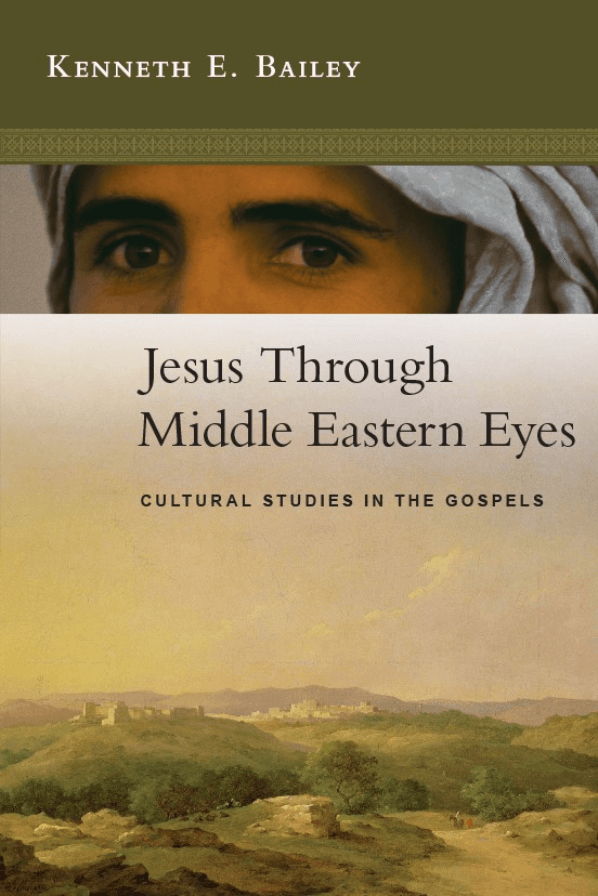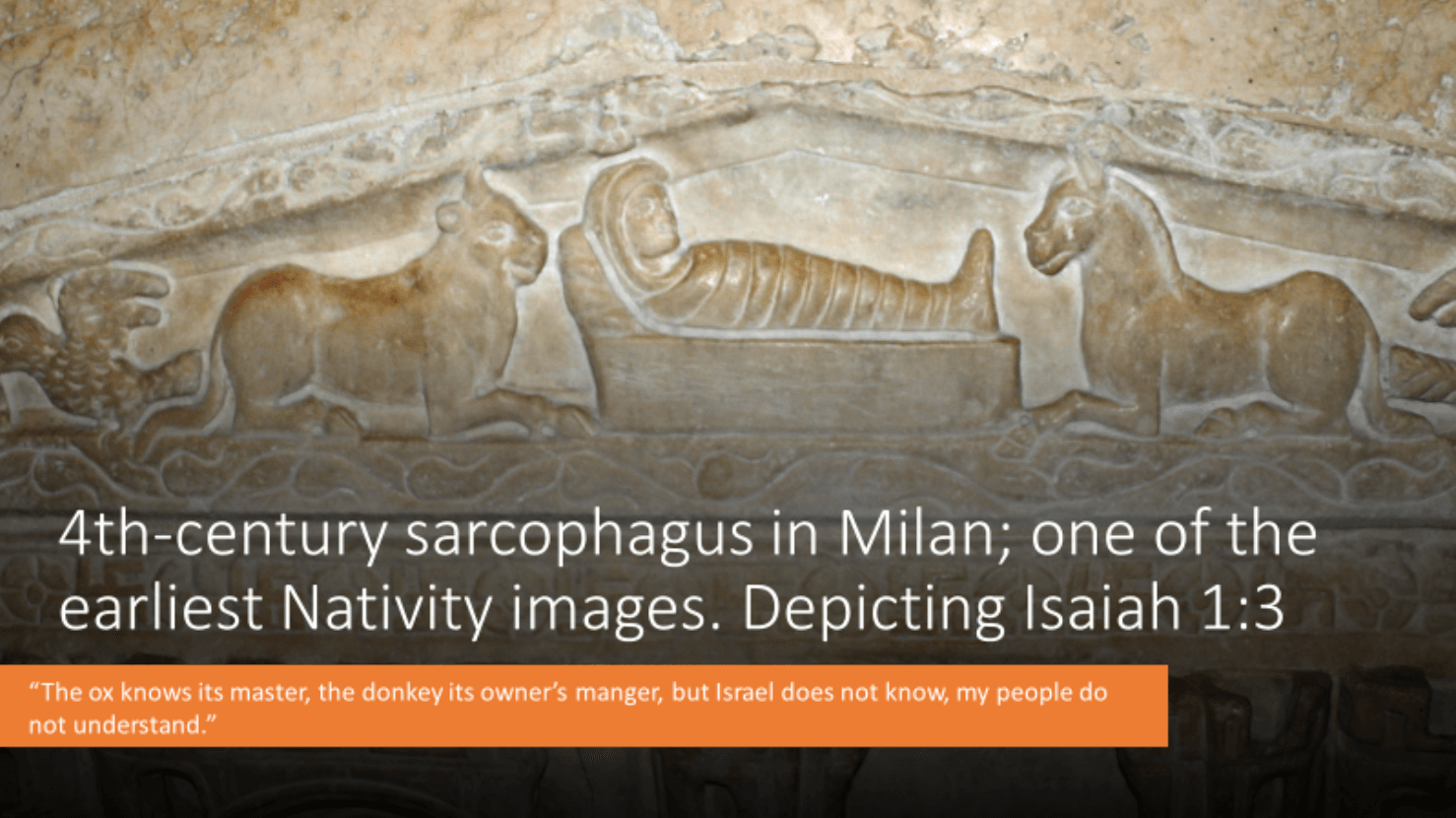
posted by
Stephen Walker-Williams
13 Dec 2020
Picture the scene: the lights are low, the church is full, the atmosphere is full of anticipation. Suddenly, from somewhere in the room a single, almost angelic voice, starts singing:
Once in royal David’s city
Stood a lowly cattle shed,
Where a mother laid her Baby
In a manger for His bed:
Mary was that mother mild,
Jesus Christ her little Child.
At this point the rest of the choir join in:
He came down to earth from heaven,
Who is God and Lord of all,
And His shelter was a stable,
And His cradle was a stall;
With the poor, and mean, and lowly,
Lived on earth our Saviour holy.
Once in Royal David’s City is one of my favourite Christmas Carols, C. F. Alexander beautifully illustrates the scene that first Christmas and she also explains some of the powerful message of Jesus’ incarnation i.e. God becoming human. This carol, though, has been a contributor to so many of us holding the view that Jesus was born in a stable, separated from other human community, being watched over by animals. Jesus was not born in a stable.
[If you are reading this and are thinking ‘why does this matter?’ why not watch a talk that helps unpack some reasons why it matters? I also explain in that talk where Jesus would have most likely had been born instead.]

If not in a stable where was Jesus born?
In the biblical accounts (Matthew and Luke) of Jesus’ birth, a stable isn’t mentioned (neither is an inn, a donkey or the suggestion that little baby Jesus didn’t cry). Luke 2:7 and Luke 2:12 both explain that Mary’s firstborn, Jesus, was born and placed in a manger, a feeding trough for animals. It is recognised therefore that the place he was born would have had animals near by. But it is more likely that it was in a multi-purpose room that was the hubbub of family life during the day and a shelter for frail or young animals at night. Jesus was not born separated from normal life, hidden out of the way, or round the back in a stable. Like his message from Heaven, he came near, up close and in the centre of life.
Where does the concept of a stable come from?
I believe there are two possible origins for the concept of Jesus being born in a stable: assumption and elaboration. It is likely that it is a mixture of them both.
1. Assumption.
If there Jesus was laid in a manger there must be animals present and therefore it must be a stable. We assume that that is what happened because that is what happens today. Animals are kept separate, fenced off, at a distance. This is reading our culture understanding of now into the culture context in which the events of the Bible took place. We need to be careful doing that. Scripture needs to first be interpreted in the original context before applying it in our situations. If we want to apply something from Paul’s letters to the church in Corinth we need to understand what it would have meant for them then before applying it to today. Or put more simply, when interpreting the Bible we need to go to Corinth before going to Chalfont.
In an absolutely fascinating book, Jesus Through Middle-Eastern Eyes: Cultural Studies in the Gospels, Kenneth Bailey explains the actual design of Palestinian homes (even to the present day) makes sense of the account of Jesus being born in the multi-purpose room that was the centre of family life. These homes normally had a section where animals, especially frail ones, would be brought in at night. Many of these homes would have either had a room at the back for visitors, or space on the roof. This is the kataluma, or guest room that Mary and Joseph couldn’t use as it was full (Luke 2:7).

Elaboration:
The earliest inclusion of the stable in the Christmas story goes back to the 4th Century AD. At that time, as the Old and New Testaments were increasingly being seen as a completed Bible we see the beginnings of the stable imagery being used, despite the word for ‘stable’ not being in any of the Gospel accounts- i.e. Luke or Matthew. It is likely that an elaborated reading and ‘messianic’ interpretation of Isaiah 1.3: ‘The ox knows its master, the donkey its owner’s manger, but Israel does not know, my people do not understand’ is one of the key biblical sources for the stable concept.
This is one of the earliest artistic depictions of the nativity scene being in a stable like place with the ox and donkey. Milan, Italy. 4th Century:

By the time we get to the 13th Century the nativity scene with stable has become a normal way of viewing the narrative of Jesus’ birth. Francis of Assisi used wooden figures and a little wooden stable to retell the Christmas message to the people in the towns he visited. These initial Nativity Plays helped people understand and connect with the story…despite possibly still keeping Jesus at a distance as he was depicted in a stable rather than up close and personal.
Why has the stable story remained the stable understand for so long?
This understanding of the story has been around, even in Western scholarship, for a long, long time. The first comes down to assumptions again. It is so difficult not to read our own context and cultural understandings into the Bible narrative. Our culture so easily becomes a filter. However, if we are aware of our filters we can intentionally work around them. Secondly, it is easy to underestimate how powerful a hold tradition, influenced by songs that we sing e.g. Carols, has on our reading of Scripture.
Does it really matter?
On one level, no. This is not a life or death truth. I will still sing Once in Royal David’s City. By taking the stable out of the Christmas narrative though and putting Jesus back into the centre of family life does bring about a beautiful deeper and fresh meaning behind his birth. Jesus did not come to earth to stay at a distance. He came, even in his birth to bring God and his creation together. Together at Christmas. Together at Easter. Together through Jesus.
If you want to see more, I found both of these really useful:
- Jesus Through Middle-Eastern Eyes, a book by Kenneth Bailey, published in 2008.
- Preaching Christmas—without a stable, a blog post by Rev Dr Ian Paul on his website Psephizo (this also includes a diagram of what the kind of home Jesus would have been born in would look like).


